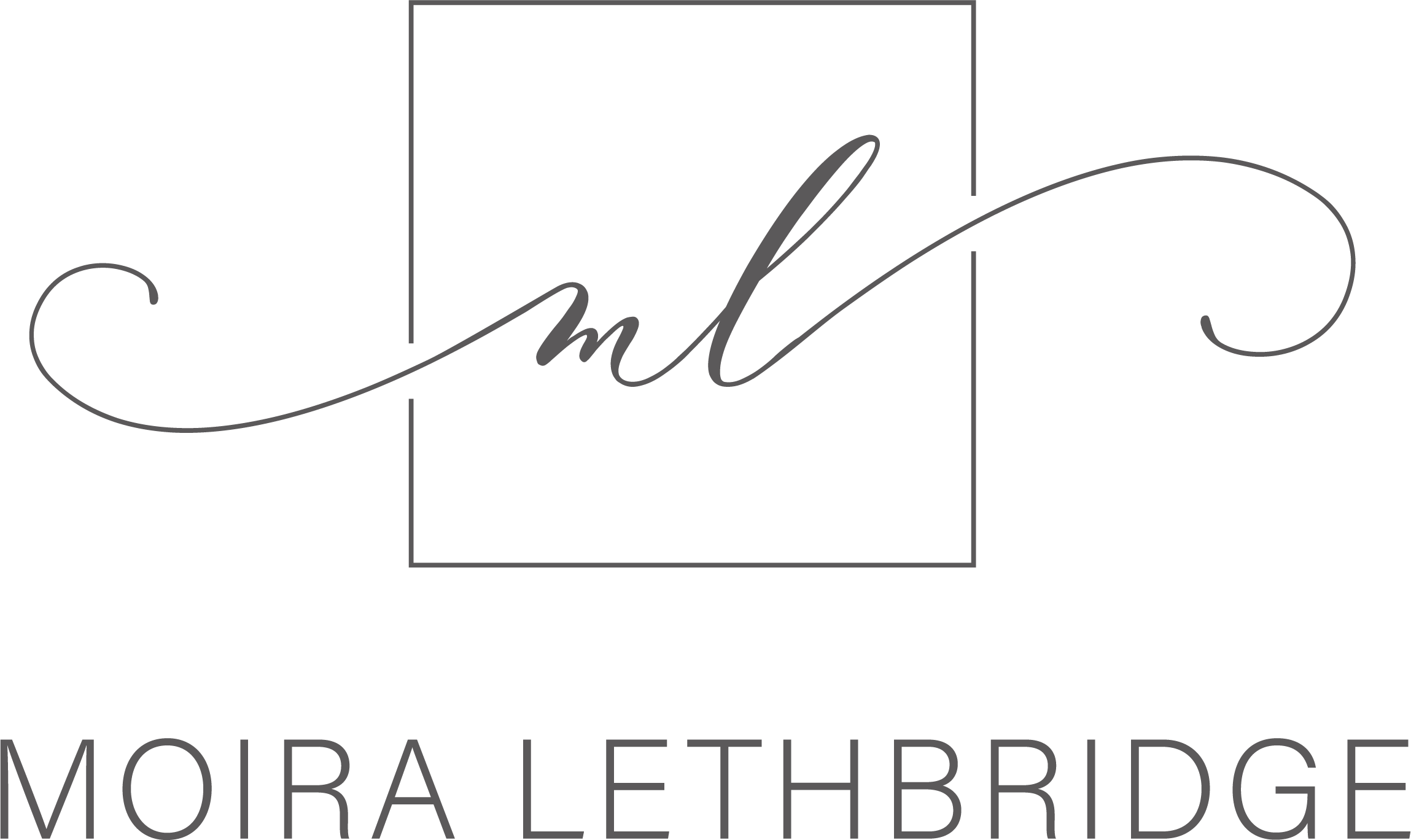As you learn new behaviors, you will experience both internal and external obstacles. Prepare for them. Internal obstacles include your inner critic, limiting beliefs, self-doubt, lack of confidence, and relying on past experiences.
Examples of Internal Obstacles:
- “I don’t have enough time to do this work. If I take my foot off the accelerator, my life will fall apart.”
- “Doing ________ seems frivolous to me. It isn’t productive.”
- “I’m going to fail again. I hate feeling uncomfortable and what my inner critic tells me is true.”
External obstacles include things like your child getting sick or your car breaking down.
Examples of External Obstacles:
- “I had time set aside to do this work and I got an urgent call from a client.”
- “I was leaving work on time in order to get home and spend time with my family. Then my boss grabbed me as I was walking out and asked to talk with me about something important.”
Beth was determined to get in shape for her high school reunion. Her internal obstacle was to rely on past experience: “I’ve always been able to get in shape quickly in the past. It should work again, even though I’m ten years older and have different demands on my time.” Her inner critic barked, “You should look better than you do now. How could you let yourself go?”
Beth’s external obstacle was the dog that took longer to do his business, making her miss her run.
Steps to Overcome Obstacles
1.Select a goal you want to achieve.
2.Identify and write down your internal and external obstacles to this goal.
3.Notice your thoughts and feelings about the obstacle. Write them down.
4.Select actions to take when you encounter obstacles.





